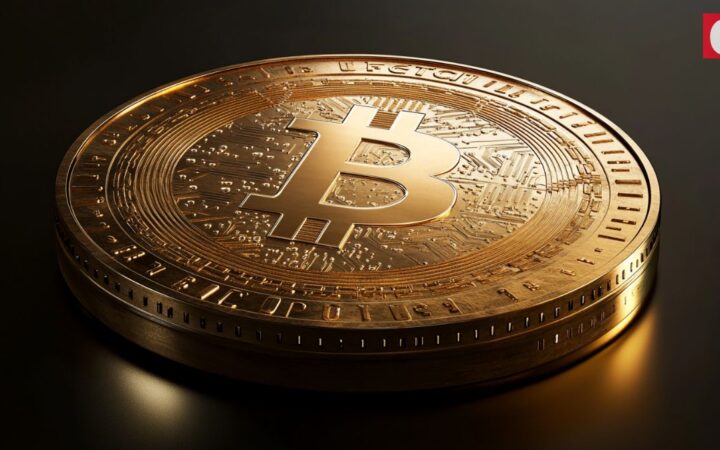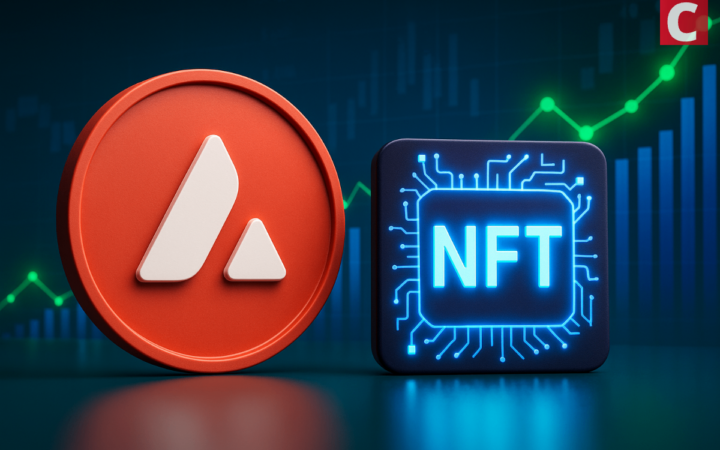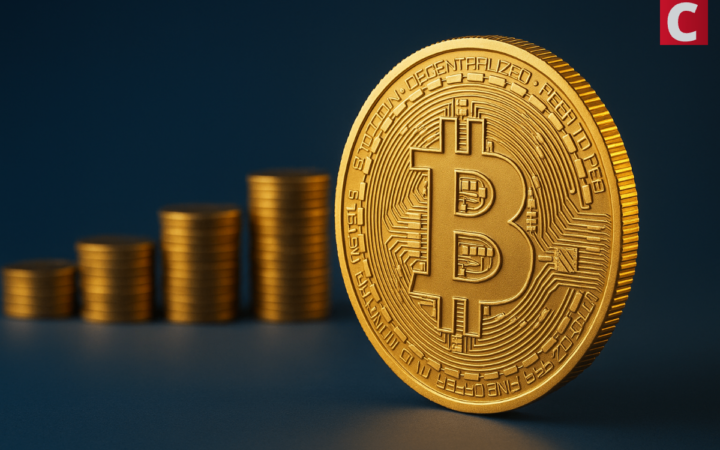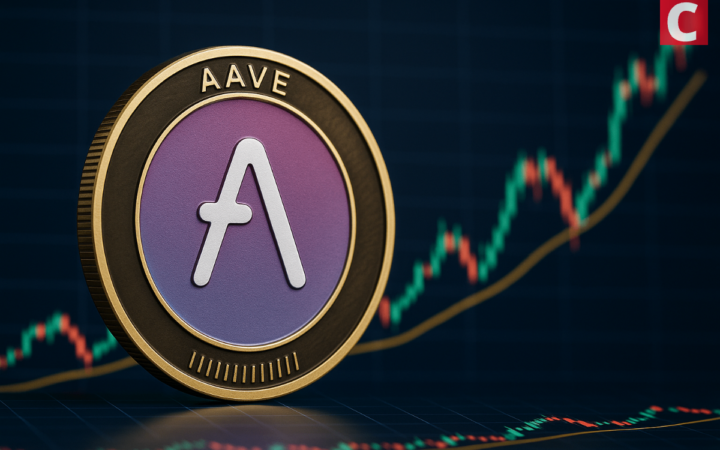
69,461 Users Impacted in Coinbase Breach, New Filing Shows
Coinbase is facing backlash over its data breach, which new details show affected more than 69,000 users in total.

Coinbase is facing backlash over its data breach, which new details show affected more than 69,000 users in total.

The Solana-based TRUMP memecoin has gained 13% in growing anticipation of tomorrow’s exclusive dinner hosted by Donald Trump for the top 220 TRUMP token holders.

Bitcoin Suisse has secured key approval in Abu Dhabi, paving the way for full licensing and expansion into the Middle East crypto market.

The SEC has delayed its decision on Grayscale’s XRP ETF, seeking public input, as XRP remains flat near $2.35.

Hong Kong’s Legislative Council has approved the Stablecoins Bill, enabling institutions to apply for issuance licenses through the Hong Kong Monetary Authority (HKMA) by year-end.

Vitalik Buterin has highlighted key qualities a Layer 1 network needs, noting SP1 Hypercube’s speed limits in challenging cases.

The Dogecoin price surge comes with a 12% surge in daily trading volume despite the SEC delaying its decision on Grayscale’s spot Dogecoin ETF.

With the latest flood of sales, Avalanche overtook 15 leading NFT chains, including Bitcoin, Ethereum and Polygon.

Kraken has gained regulatory approval in Cyprus to offer crypto derivatives across the European Economic Area.

Ethereum continues to gain institutional attention, with Abraxas Capital acquiring an additional 46,295 ETH worth $115.3 million.

Bitcoin has broken above $107,000 as its realized cap hits an all-time high while governments quietly boost exposure through Strategy shares.

Kraken has gained regulatory approval in Cyprus to offer crypto derivatives across the European Economic Area.

Binance asserts that FTX is trying to deflect blame for its collapse away from founder Sam Bankman-Fried and toward Binance.

An Ethereum whale placed a high-leverage short trade on Hyperliquid, drawing attention amid ETH price swings and bullish sentiment

AAVE Price rally follows the progress of the GENIUS Act, a proposed stablecoin regulatory framework crucial for Aave’s ecosystem.
For the average millennial or at least anyone that pays attention to the business world, the term “cryptocurrency” would not seem like such a strange word. If that is, then the terms Bitcoin, Ethereum or at least Blockchain should ring a bell. One might wonder, why are these terms suddenly so prevalent, especially cryptocurrency news? Computing is getting rather pervasive and the society is leaning towards digital services. The finance world too isn’t spared as the disruption of technology into this sector has fostered the birth and development of Fintech organizations.
These Fintech organizations look to digitize payments and transactions, offering the same services that are currently in existence but in a better, efficient and more effective way.
Blockchain is the network upon which most of these cryptocurrencies operate on. The history of blockchain and bitcoin, in particular, does not have a definite story. In 2009, an individual or group of individuals known to be “Satoshi Nakomoto” developed and published the technology to allow people make digital payments between themselves anonymously without having an external party to verify or authorize the transfer of the currency being exchanged.
Although technologies like this might seem rather complex, understanding how Blockchain works is quite easy, given that one has a basic idea of how networks work. Blockchain is simply a database shared between several users, containing confirmed and secured entries. It is a network, where each entry has a connection to its previous entry.
This technology affords a very secure model whereby every record in the database cannot be tampered with. Apart from the stellar security that this network offers, the transparency and speed at which the network operates give it an edge over the conventional way of conducting transactions.
In simple terms, cryptocurrencies are just monies in digital form, transacted via digital means and over a digital network. The transfer of these currencies is utilized with cryptography and the aforementioned blockchain network. Up until the 2010s, cryptocurrencies were not really known until Bitcoin made its breakout and this gave rise to the birth of new cryptocurrencies.
Cryptocurrencies have had their fair share of bullish and bearish trends, going to show how unstable they can be. The latest cryptocurrency news reports lots of people predicting prices for various cryptocurrencies in the years to come but no-one can say for sure.
Blockchain, on the other hand, is making its way into pervasive computing, especially IoT, giving way for the development of new solutions that embrace data security and transparency.